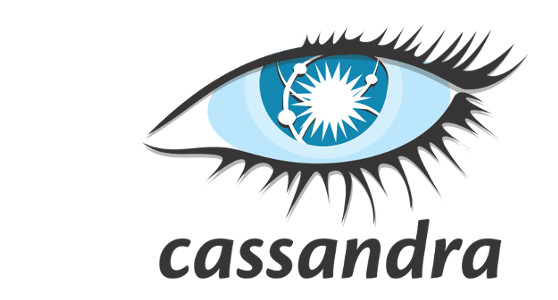The Gossip protocol is the internal communication technique for nodes in a cluster to talk to each other. Gossip is an efficient, lightweight, reliable inter-nodal broadcast protocol for diffusing data. It's decentralized, "epidemic", fault tolerant and a peer-to-peer communication protocol. Cassandra uses gossiping for peer discovery and metadata propagation.
The gossip process runs every second for every node and exchange state messages with up to three other nodes in the cluster. Since the whole process is decentralized, there is nothing or no one that coordinates each node to gossip. Each node independently will always select one to three peers to gossip with. It will always select a live peer (if any) in the cluster, it will probabilistically pick a seed node from the cluster or maybe it will probabilistically select an unavailable node.
The Gossip messaging is very similar to the TCP three-way handshake. With a regular broadcast protocol, there could only have been one message per round, and the data can be allowed to gradually spread through the cluster. But with the gossip protocol, having three messages for each round of gossip adds a degree of anti-entropy. This process allows obtaining "convergence" of data shared between the two interacting nodes much faster.
SYN: The node initiating the round of gossip sends the SYN message which contains a compendium of the nodes in the cluster. It contains tuples of the IP address of a node in the cluster, the generation and the heartbeat version of the node.
ACK: The peer after receiving SYN message compares its own metadata information with the one sent by the initiator and produces a diff. ACK contains two kinds of data. One part consists of updated metadata information (AppStates) that the peer has but the initiator doesn't, and the other part consists of digest of nodes the initiator has that the peer doesn't.
ACK2: The initiator receives the ACK from peer and updates its metadata from the AppStates and sends back ACK2 containing the metadata information the peer has requested for. The peer receives ACK2, updates its metadata and the round of gossip concludes.
An important note here is that this messaging protocol will cause only a constant amount of network traffic. Since the broadcasting of the initial digest is limited to three nodes and data convergence occurs through a pretty constant ACK and ACK2, there will not be much of network spike. Although, if a node gets UP, all the nodes might want to send data to that peer, causing the Gossip Storm.
So how does a new node get the idea of whom to start gossiping with? Well, Cassandra has many seed provider implementations that provide a list of seed addresses to the new node and starts gossiping with one of them right away. After its first round of gossip, it will now possess cluster membership information about all the other nodes in the cluster and can then gossip with the rest of them.
Well, how do we get to know if a node is UP/DOWN? The Failure Detector is the only component inside Cassandra(only the primary gossip class can mark a node UP besides) to do so. It is a heartbeat listener and marks down the timestamps and keeps backlogs of intervals at which it receives heartbeat updates from each peer. Based on the reported data, it determines whether a peer is UP/DOWN.
How does a node being UP/DOWN affect the cluster? The write operations stay unaffected. If a node does not get an acknowledgment for a write to a peer, it simply stores it up as a hint. The nodes will stop sending read requests to a peer in DOWN state and probabilistically gossiping can be tried upon since its an unavailable node, as we have already discussed early on. All repair, stream sessions are closed as well when an unavailable node is involved.
What if a peer is responding very slowly or timing out? Cassandra has another component called the Dynamic Snitch, which records and analyses latencies of read requests to peer nodes. It ranks latencies of peers in a rolling window and recalculates it every 100ms and resets the scores every 10mins to allow for any other events(Eg: Garbage Collection) delaying the response time of a peer. In this way, the Dynamic Snitch helps you identify the slow nodes and avoid them when indulging in Gossip.
This article gives you the necessary overview and understanding of how the nodes in clusters in Apache Cassandra behaves via the gossip protocol. For a detailed information about APIs involved and other functional aspects, please visit the links given below in the references.
References:
- Apple Inc.: Cassandra Internals — Understanding Gossip
- https://docs.datastax.com/en/cassandra/2.1/cassandra/architecture/architectureGossipAbout_c.html
- https://wiki.apache.org/cassandra/ArchitectureGossip





